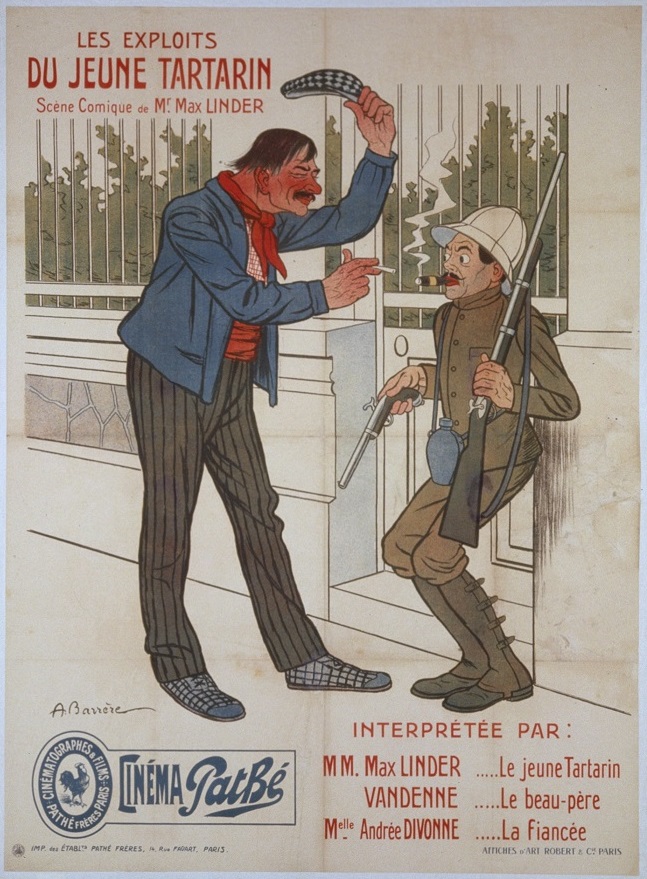World's first film star
Academic proves World’s first film star was French
Published on: 7 November 2019
French actor Max Linder was the first film star, the latest book by a Newcastle University expert reveals.
In The Origins of the Film Star System, Dr Andrew Shail proves that the French studio Pathé Frères launched the world’s first star-making campaign around Linder in 1909.
Linder was the first actor whose name became more important than the character he was playing. He played both supporting parts and lead parts in scores of silent films (mostly comedies) for Pathé Frères for several years without his name appearing in any publicity or credits, even though his characters were sometimes called ‘Max’. This was normal at the time. But Dr Shail’s research indicates that by mid-1909 viewers were recognising Linder from one film to the next. Only when Pathé Frères found out about this did they decide to publicise his name.
Dr Shail discovered a poster for the film Le Petit Jeune Homme, released in Europe in September 1909, in the personal collection of Linder’s daughter Maud. It features the actor’s name and is the earliest surviving European evidence of publicity for a regular film performer. However, as Maud had not known the date Le petit jeune homme was released, it took Dr Shail more than a year of research in various archives to identify the poster’s importance. Surviving publicity materials from the next few years show that Pathé Frères then consistently used Linder’s name and image to promote his films.

The first film star
“It might seem surprising that this wasn’t something invented in the United States,” says Dr Shail, Senior Lecturer in Film in Newcastle University’s Department of Media, Culture and Heritage. “Before late 1909, in both Europe and the US the filmmaking companies were using fictional characters – not the actors who played them – as their go-to method of film publicity.
“In spite of his anonymity, however, Linder, with his stark facial features and acrobatic performance style, became recognisable amongst cinemagoers, and once Pathé Frères realised this they decided to start using his name and his face on posters to promote their films.
“This makes Linder – as far as we can tell – the first film star anywhere. He certainly predates the first US film stars. Pathé Frères’ decision rippled out and changed the way filmmakers marketed their wares. The effects of their decision can still be seen on posters and billboards around the world – and in their most concentrated form: deciding to see a certain film just because a certain actor is starring in it.”
The burgeoning filmmaking business in the USA wasn’t slow to take note of what their European counterparts were doing and the star system emerged in the USA shortly after France pioneered it. “In July 1909 none of the film production companies active in Europe and North America were using the identities of the people who routinely performed for their fiction films in their publicity,” adds Dr Shail. “By early 1912, most of them were.”
The star system
Initially, explains Dr Shail, film companies resisted using their actors to publicise their films as they feared that this would build a public profile that the actor could then take with them if they went to work for another company. But just around 1908 the film industry became much more competitive, and so these companies had to consider new ways to highlight their wares.
“It’s difficult to overemphasise how averse filmmaking companies were to launching a star system," explains Dr Shail. “They knew it was a possibility but they also knew that publicity for an employee puts power in the hands of someone who is supposed to have sold their labour, which is a bit like handing them back some of their wages.
“Unsurprisingly then, a star system only emerged because new risks arose that made having a star system a bit less risky, economically, than not having one. And because in the case of Linder, even when he was anonymous, cinemagoers were already treating him as a star.”



